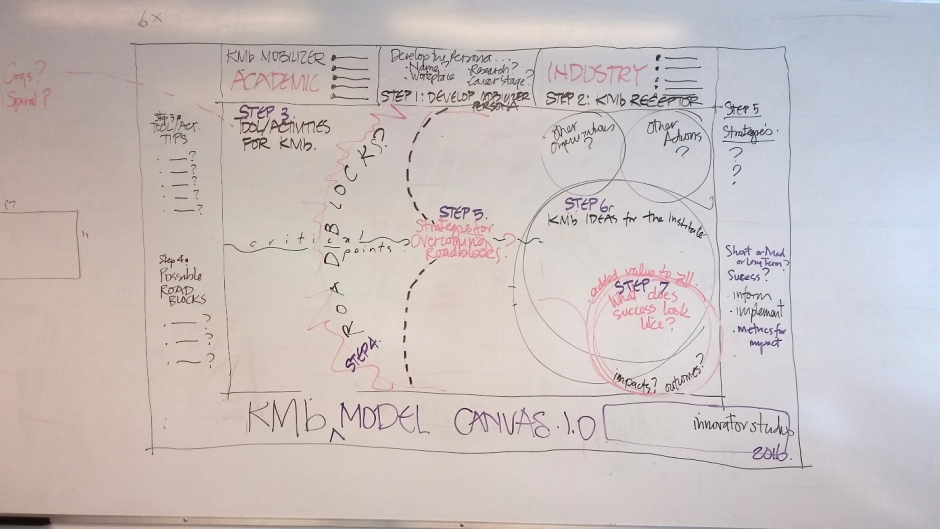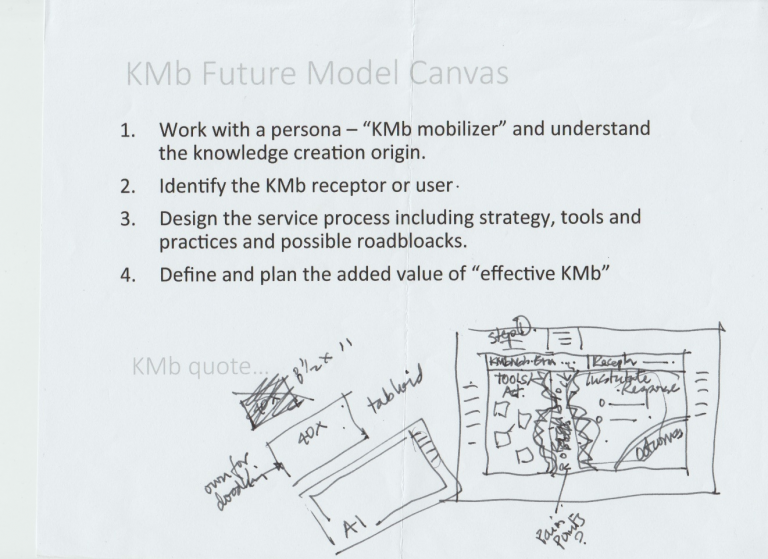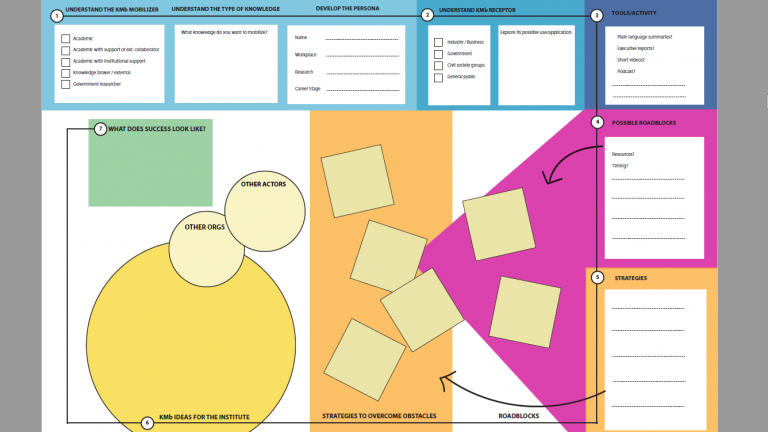By: Marcelo Bravo, PhD student in Policy and Social Innovation (Interdisciplinary Studies)
This past year 2016 has been a process of discovery and learning Strategic Design as a method that focuses on working with complex or ill-defined problems, below is a summary of two of its recent applications in the realm of policy and social science.
First, it’s important to recall that strategic design as a method and instructional pedagogy has been taught at the Sauder School of Business for more than six years. Based on its design and components, which runs across a wide range of disciplines, it is now being applied and researched at both undergraduate and graduate levels in the faculty of Arts.
On February 2016, a group of students of the UBC’s Master of Public Policy and Global Affairs program traveled to Ottawa to participate in the “UBC PolicyStudio Ottawa challenge”. The challenge was part of an intensive three-day applied learning opportunity of policy learning and co-design working along federal public servants. During this experience, the graduate students were challenged to explore how the federal government could work to develop environmental policies with direct impact at the household level, looking at smart ways of reducing environmental impacts associated with citizens’ daily decisions. The government of Canada is interested in implementing policies that look at both the aggregated environmental impact, as well as the green or sustainable culture for current and future generations.
Important insights and contextual elements were provided by the leaders of the Privy Council Office-Innovation Hub, a unit that co-hosted the PolicyStudio experience in Ottawa. Public servants invited the students to explore policy design through innovative ways such as incorporating design insights in addition to data mining, or traditional data analysis models. Part of the learning experience was to know the importance of “nudge” points for policy application, a perspective that includes current public policy approaches in addition to behavioural economics and new research methods and instruments (e.g. data visualization strategies, scenarios design, or social network analysis). During the UBC PolicyStudio challenge, participants worked with the strategic design method and applied some of its instruments such as persona development, scenario formulation, systems thinking, value proposition generation, lean ethnographies, as well as, packaging and pitching successful ideas and presentations. An application of the strategic design method was the testing of the Policy Design canvas, an instrument co-developed for this event following a logic of problem exploration within systems of resources and actors. The Policy Design canvas was deemed as a tough one since it required several iterations. Students and public servants explored and iterated a series of policy innovation intents while discerning the social benefit, primary and secondary actors, direct and associated costs and contextual understanding.
In general, the application of the strategic design method in this case revealed many perspectives on the challenge of policy making, and participants enhanced the understanding of the complexities and opportunities that future policy making will entail.

Policy Canvas application for the 2016 PolicyStudio – Ottawa Challenge

Participants at the PolicyStudio – Ottawa Challenge at the Innovation Hub
A second case of applying the strategic design method took place at the Canadian Knowledge Mobilization Forum, a pan-Canadian and international conference for Knowledge Mobilization practitioners, managers, and researchers.
Knowledge mobilization as a field of study is relatively new, and can be defined as a set of processes that connect the elements of the knowledge ecosystem (producer, users, and mediators), to facilitate the use/adoption of knowledge while expanding social, economical and political impact. Currently SSHRC-Canada’s Social Sciences and Humanities Research Council has proposed KMb as one of the most important priorities to be undertaken by universities to maximize the impact of knowledge produced at universities and to impact public life[1].
At this forum, Prof. Moura Quayle and PhD student Marcelo Bravo, prepared the KMb Service Design Canvas. The idea explored through the Service Design Canvas was to uncover the roadblocks faced by knowledge brokers to achieve better KMb outputs. This included looking at the role of institutions and organizations in co-designing strategies to support successful practices of knowledge mobilization. Part of the highlight of this session was the inclusion of participants from different realms such as KMb managers, government officers, as well as researchers in the field. The session sought to enhance engagement and discussion of “pain points” during the KMb activity.
The experience of applying the strategic design method for KMb has been very instructive since the KMb world uniquely integrates a complex realm of stakeholders with different interests at play. It is also believed that the rise of KMb as a profession and subject area, proposes a historical opportunity for the advancement of evidence-based policies, social innovation, and public good.
The following pictures deploy the creative process of the creation of the KMb Service Design Canvas from prototyping to the applied model.

Prototype of the KMb Canvas 1.0

Preparing and iterating the KMb Canvas 1.0

Final KMb Service Design canvas applied in June, 2016
[1] SSHRC strategic plan 2016-2020 specifically refers to “Connecting Social Sciences and humanities research with Canadians” as one of the three strategic objectives to be achieved by 2020; this objective clearly speaks of the importance of Knowledge Mobilization and posits it as a driver to enhance a broader Canadian innovation agenda.